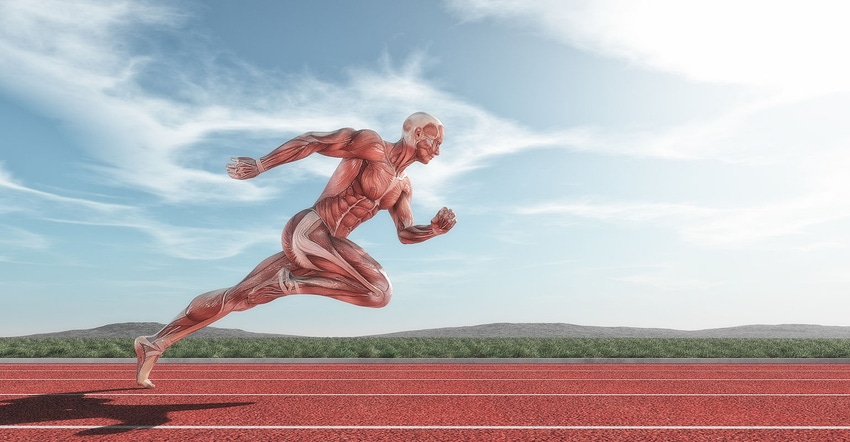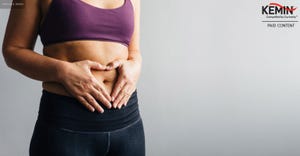Building muscle for athletics and aesthetics means enhancing the size and structure of skeletal lean body tissue by combining adequate exercise and nutrition. Protein and amino acids are the building blocks of muscle, but energy- and fatigue-regulating ingredients and anti-inflammatories are also key.
January 30, 2020

Two words come to mind when thinking about the complex relationship between two protein molecules associated with appropriate muscle development in humans: actin and myosin. Approximately 640 muscle groups exist in the human body, and each of them plays a significant role in holding together what constitutes an elegant and complicated organism known as a human being. The three main groups of muscles, which vary in content and function, are smooth, cardiac, and striated or skeletal.
Smooth muscles are generally found in the alimentary tract and are involved with transporting food and orchestrating metabolism and elimination of body waste. Cardiac muscle is specialized and governed by a complex set of nutrient demands, while skeletal or striated muscles are responsible for skeletal function and human actions involving motion.
When it comes to building muscle, what is meant is enhancing the size and structure of a variety of tissues that make up those predominantly skeletal muscles tasked with normal daily function, such as picking up a pencil or walking up a flight of stairs.
When looking at striated muscle, the type most commonly associated with visual muscular physique, it is important to understand that the entire muscle is wrapped in a layer of connective tissue called the epimysium, which is a Greek word translated into the English phrase “upon the muscle.” This muscle contains a collection of bundles of fascicles—a generally fibrous connecting tissue. Within the inner layer of the fascicles themselves are the tissues known as endomysium, tasked with surrounding and reinforcing every muscle fiber. In a strange paradox of human metabolism, in order to create new muscle, old fibers must be torn asunder through the stress of exercise, leading to the creation of even more fibers; this is the heart of the “no pain, no gain” adage.
To read this article in its entirety, check out the “Muscle quest: Developing products to promote lean mass” digital magazine.
About the Author(s)
You May Also Like






.png?width=800&auto=webp&quality=80&disable=upscale)